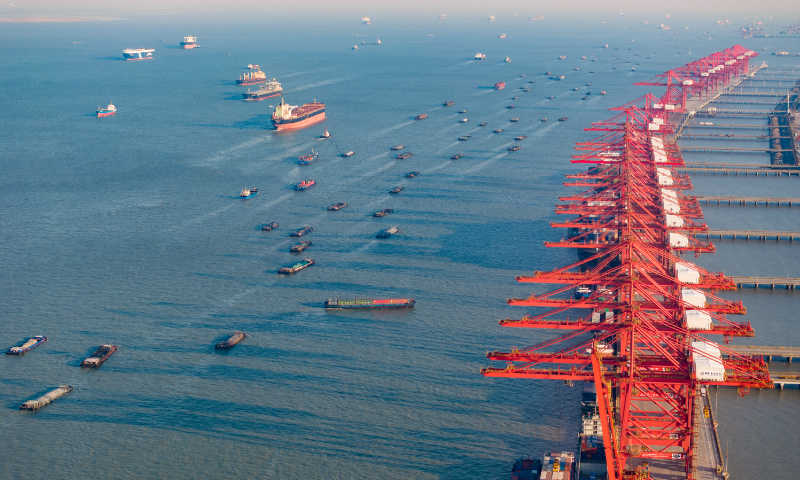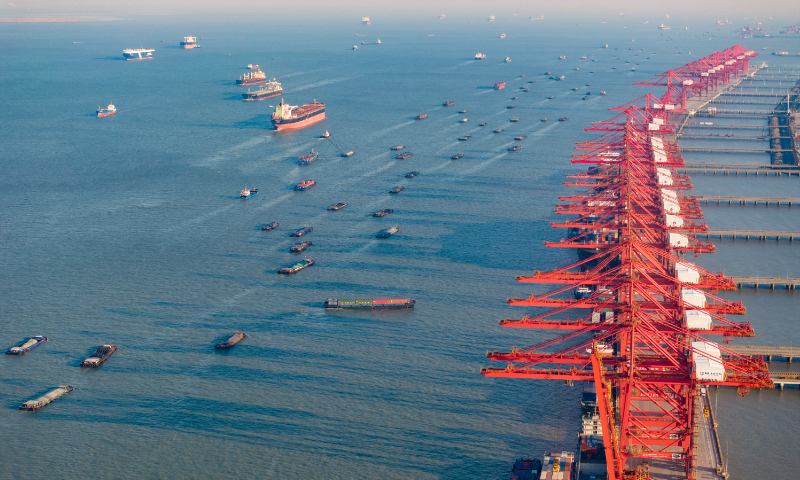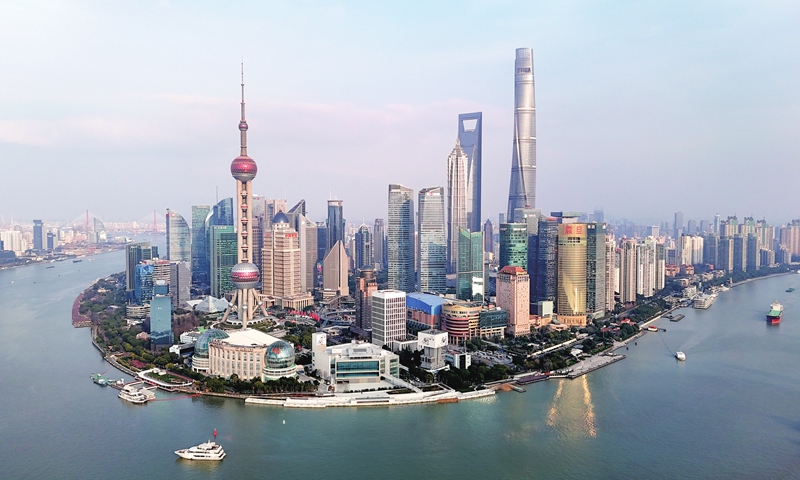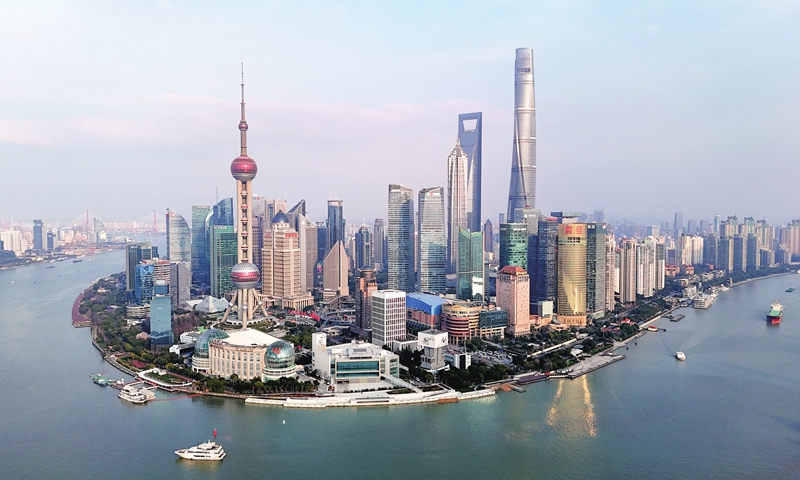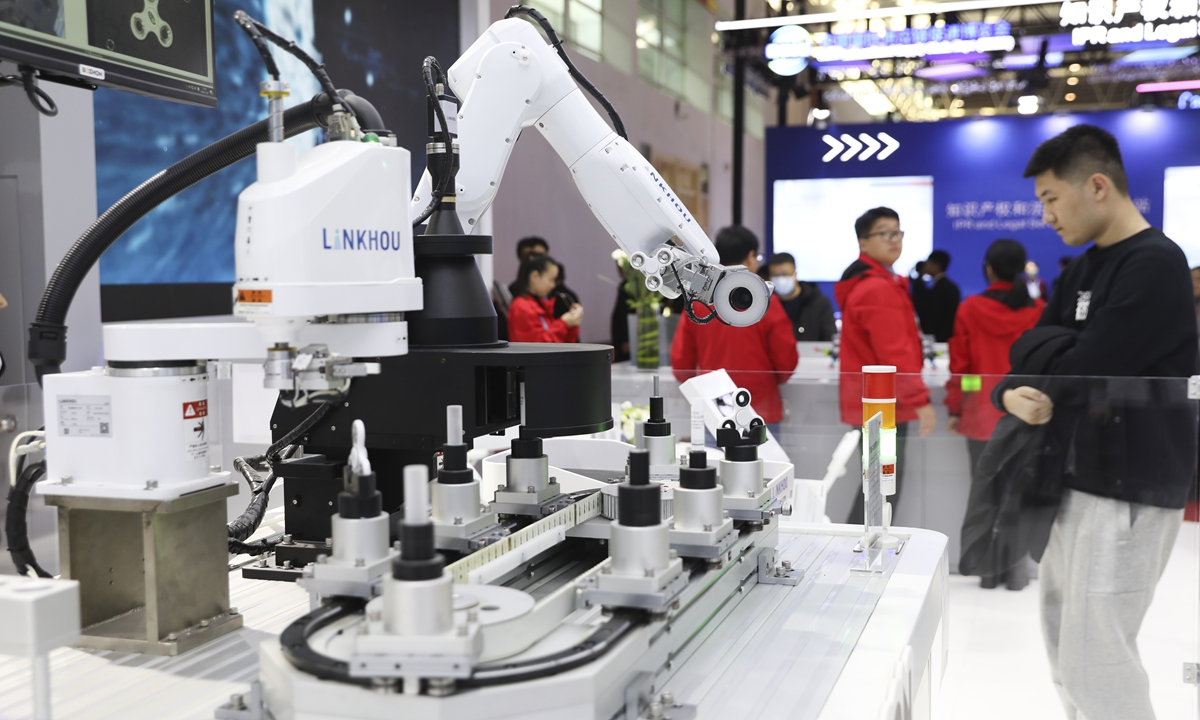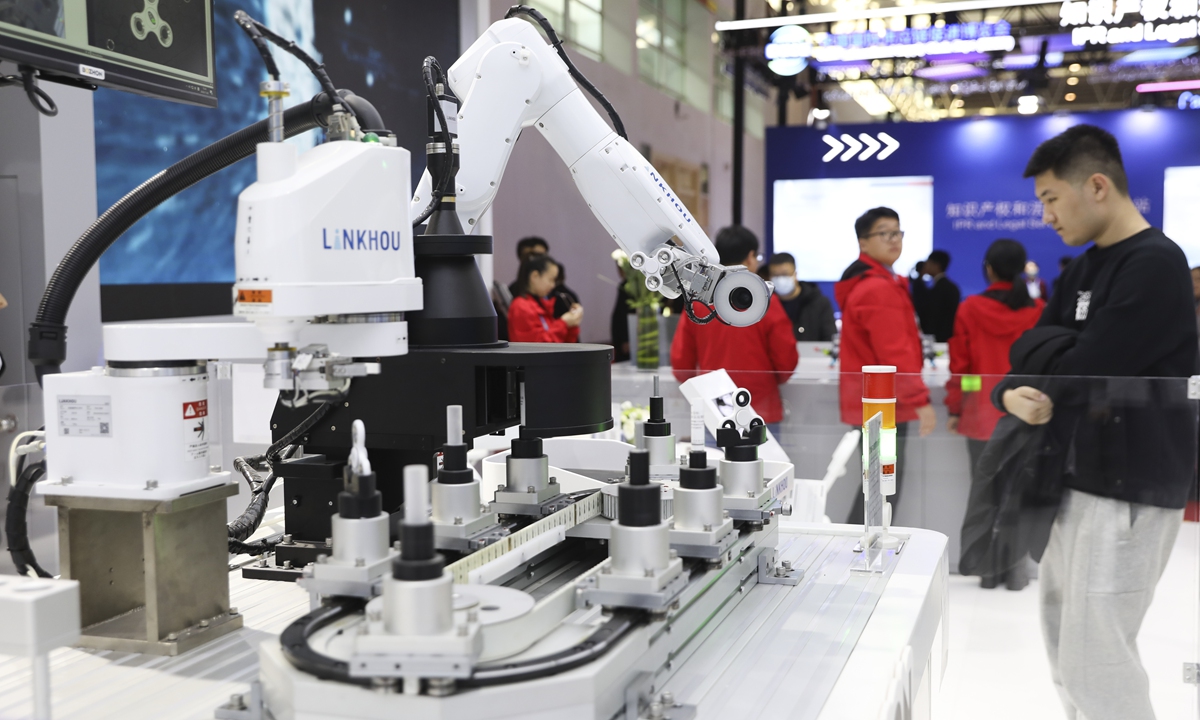
Illustration: Xia Qing/Global Times
Among the books predicting that China has reached its peak and is in a period of upcoming decline, the first one I remember was by Gordon Chang. This goes back probably over 20 years, and the book was titled
The Coming Collapse of China. He was even quite specific, saying that by 2011, China would have collapsed. Obviously, that turned out to be dead wrong.
The most recent book is
Danger Zone: The Coming Conflict with China. It basically says that China is facing a number of very difficult challenges, such as lack of consumer confidence, issues with neighbors, an aging population, property problems, underperforming state-owned enterprises and others that China may struggle to address.
Let’s start with why I’m confident that China can and will deal with these challenges. First, China’s track record speaks for itself when it comes to overcoming challenges. China has lifted 850 million people out of poverty without engaging in any external wars, which is quite impressive.
Anyone who questions China’s ability to meet the challenges they face is not looking at history. There isn’t any major country on the globe today that has faced the challenges that China has faced from 1949 up until the present and delivered more effectively. Moreover, over the same period, China has been able to grow its GDP to a level significantly higher than any other major country.
If you look at the underlying assumption between the books that are critical of China, they assert that China’s leadership is not going to be flexible, talented or courageous enough to deal with these changes.
However, if you tear apart the way China governs itself, it’s like a very successful corporation. China has a strong leader, and an equivalent of a board of directors to provide oversight. China has people who have advanced meritocratically, based on their education and accomplishments in the outside world. China has a long-term strategic view that gets converted into industrial policy. China has been very effective at prioritizing resources and initiatives that are most successful in the marketplace.
Another advantage that China has is that the best and brightest in China aspire to government service. The people who hold senior positions in government are highly educated, have been tested in various professional settings, and have been successful.
Moreover, from the 24-point action plan that came out of the State Council to the commitment President Xi Jinping has made to a number of visiting CEOs, it’s evident that China is serious about opening up its market and reforming.
In addition, the people are behind the Chinese government, and Confucian values provide a level of identity and cohesion to the Chinese people.
While some Westerners say Confucian values are a thing of the past, my experience with young Chinese people in America and China shows that these values are very much alive. Delving deeper into Confucian values, my favorite is “work hard to get ahead.” Self-improvement through hard work and education is prioritized not for individual benefit, but for the betterment of family and society.
In conclusion, China is the country with a proven track record of achieving goals, governance led by high-quality leaders and strategic decision-making that yields results through effective execution. Additionally, China boasts a cohesive, large population that is supportive of national goals. The reality is that the domestic market in China consists of 1.4 billion people. China does not necessarily rely on the rest of the world to develop a strong economy; rather, it needs to boost consumer confidence so that people spend more in China and save less. This is a much easier challenge than attempting to change fundamental behaviors.
The author is a speaker on China-US relations and author of the book Powerful, Different, Equal: Overcoming the misconceptions and differences between China and the US. [email protected]

